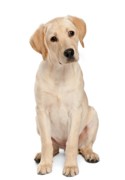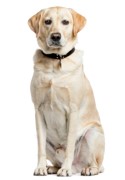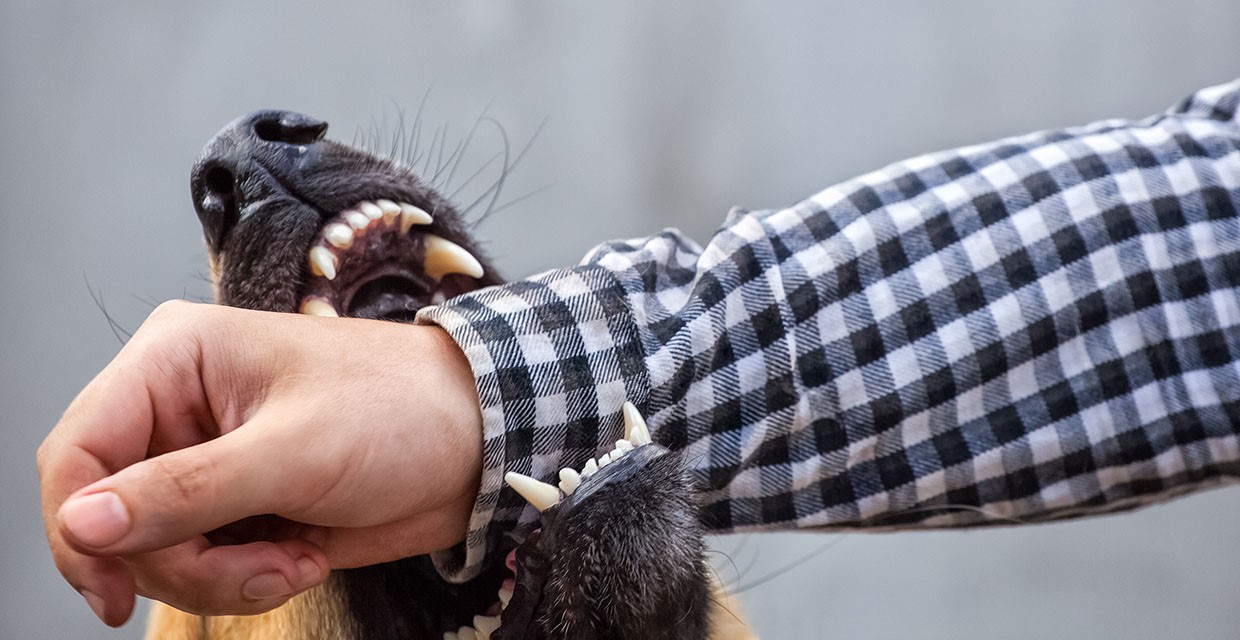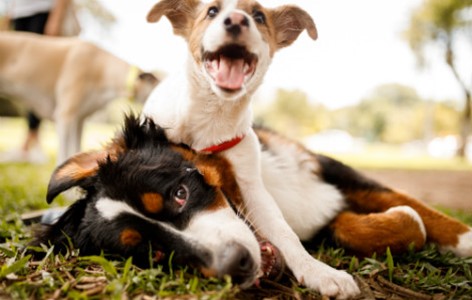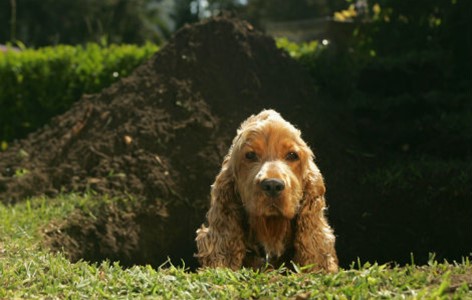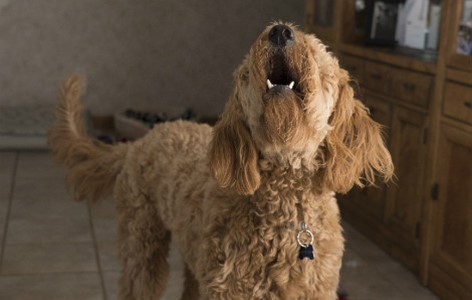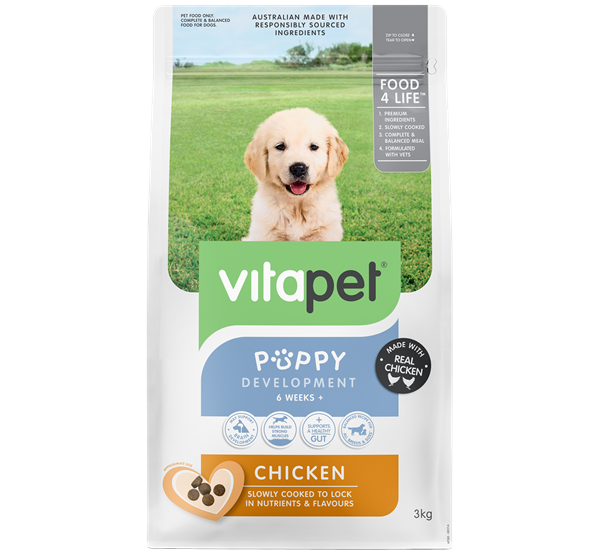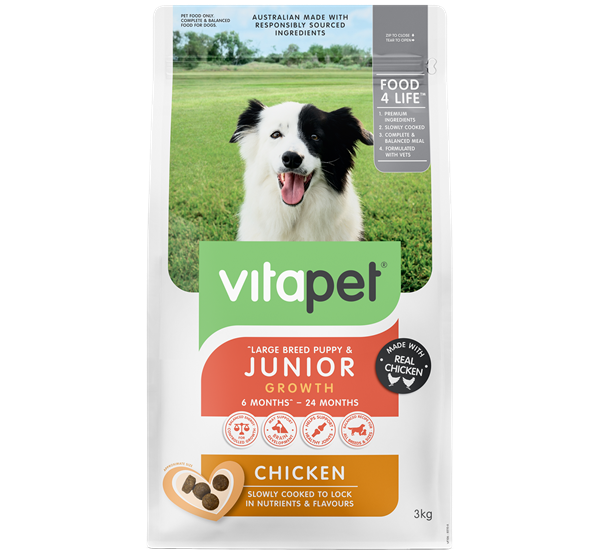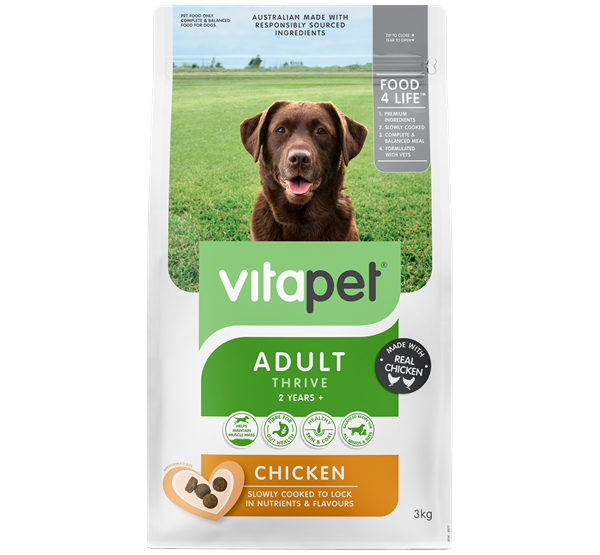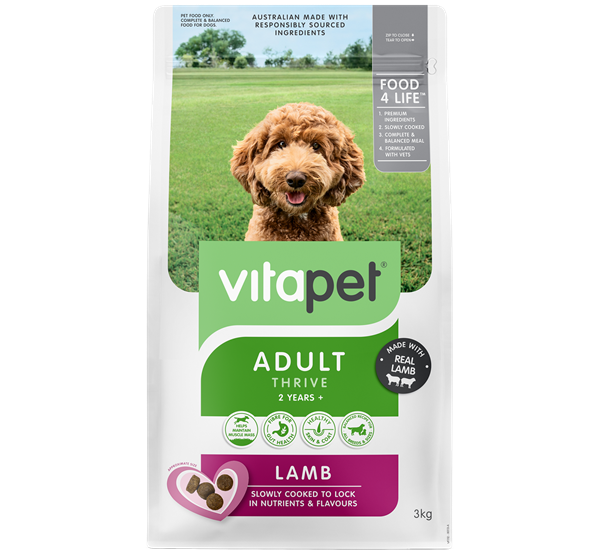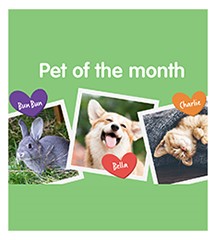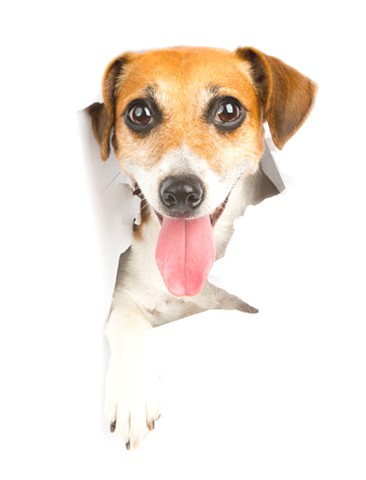Dog bites can cause serious injury and trauma to people, other dogs and other animals. In the worst cases, dog bites can result in death. So why do dogs bite people, other dogs and other animals and what can be done to prevent dog bites?
Why do dogs bite people?
Dogs can accidentally bite people and children when they're snatching treats from your hand or playing with their favourite tug toy, for example.However, most serious dog bites, which often occur in conjunction with other displays of aggressive behaviour, are almost always fear or anxiety based.
Dogs use aggression, including biting, as a distance-increasing behaviour when they see a perceived threat.
The aim of the behaviour is to make the “threat” move away. Dogs typically display a range of behaviours before they resort to a bite. These precursors usually include growling, snarling, barking, exposing their teeth, raised hackles and holding their tails very high or tucked underneath them. Sometimes people miss the less obvious warning signs that a dog is feeling threatened. As a result, the dog resorts to more overt forms of aggression (such as growling, snapping, and biting) in order to obtain the desired reaction, which is for the threat to stop approaching or move away.
A lack of early positive socialisation with a range of different people (old, young, male, female etc) and/or negative past experiences associated with people can contribute to fear and anxiety-based aggression towards people.
Pain can also cause a dog to bite.
For example, older dogs with arthritis can be in pain and discomfort without their owners realising it. If the owner picks up their dog, they may unintentionally cause pain, and in response, their dog may growl, snap or bite them. If you notice your dog suddenly becomes aggressive and bites or attempts to bite someone or another animal, it’s a good idea to take them to a vet to be treated or to rule out a health issue.
Why do dogs bite other animals?
Dogs bite other dogs or animals for the same reasons discussed above. However, they can also bite animals due to an instinctual behaviour called predatory aggression (also called Prey Drive). When some dogs see small animals (such as small fluffy dogs and cats) their predatory instinct kicks in. This often results in chasing and attempting to catch and bite the animal. Some breeds are known to have a high prey drive, including terriers, Huskies and sight hounds. These dogs need to be managed carefully around small animals.
Again, poor early and ongoing socialisation with other dogs and animals can make a dog more likely to show aggression toward them due to fear/anxiety.
What happens if my dog bites another person or animal?
In New Zealand, the Dog Control Act sets out the law about legal obligations of dog ownership, including their care, control and owner responsibilities for damage caused by their dog. Local councils also have bylaws about the control of dogs, the areas where dogs are allowed (and when) and rules for keeping dogs.
A dog does not need to bite someone to be declared Menacing.
Dogs declared as menacing or dangerous have a range of requirements placed on them by the Council, including the need to be on a lead and muzzled when off the property, to be contained in an enclosure on the owner’s property and to undergo behavioural training. You can find out more about the definitions and requirements of menacing and dangerous dogs on your State and Local Government websites.
How to prevent dogs from biting
The good news is that with knowledge, good management and training, most dog bites can be avoided.
The first thing is to educate yourself and your family about dog behaviour and body language so you can read the early signs that your dog could bite and respond accordingly.
Understand that dogs are individuals with their own likes, dislikes and past experiences.
Avoid placing your dog in situations in which they are uncomfortable.
Work with a positive reinforcement trainer or behaviourist to address any fear or anxiety your dog experiences.
Regular check-ups with the vet will help identify and treat any painful health conditions which could lead to aggression. Train and socialise your dog to ensure they are well-behaved and feel comfortable and safe when out in the community.
If your dog has shown aggression towards people or other animals, you can use a muzzle as an added level of protection whilst you work to address the aggression.







